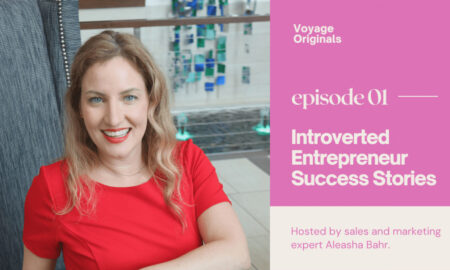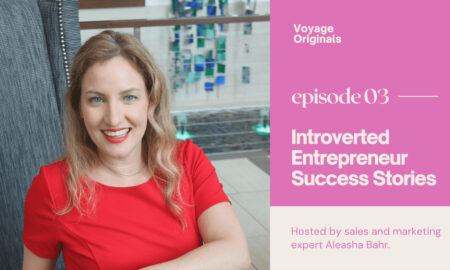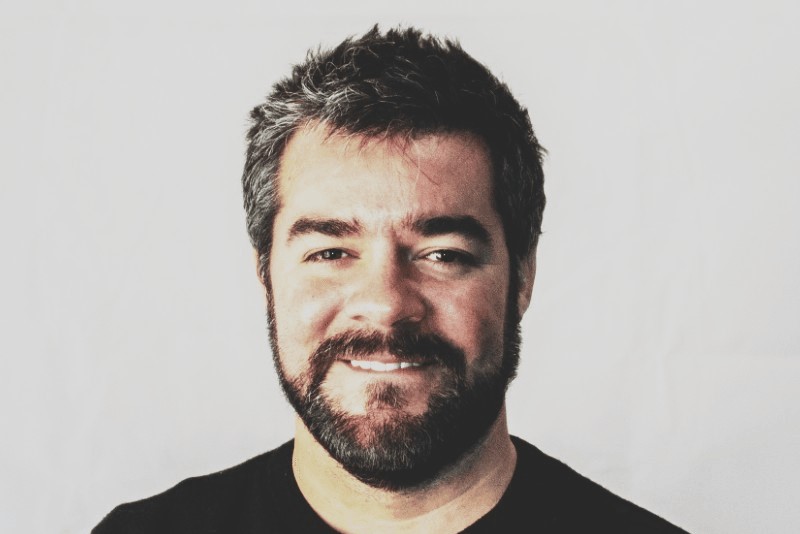

Today, we’d like to introduce you to Joe Lopez.
Hi Joe, so excited to have you on the platform. So before we get into questions about your work life, maybe you can bring our readers up to speed on your story and how you got to where you are today.
I have considered North Carolina my home since 2009. My wife and I moved to the area and never looked back; we truly were in love with the area. I am originally from Merida, Mexico. When I moved to the area, I did not practice architecture as we all were in the middle of a big recession.
I did photography and graphic design and worked in multiple furniture sales positions. To pay the bills Initially, I thought I had made a big mistake moving here. It took me three years until I landed an architecture job. However, I adopted a “the journey is the destination” mindset, and in retrospect, these jobs honed some skills that I manage to leverage in my entrepreneurship endeavors today.
Today, I run Habanero Architecture as a solo entrepreneur. I found my practice in 2020, as you know the pandemic hit and I thought the timing to open an architecture studio was the worst. However, as we all know, the tide changed very fast, and the opposite occurred for my industry. I started getting leads left and right by July. My first big 4500 SF home was commissioned in July of that year. As you know, people moved into the area in record numbers, and everyone needed architects, engineers, and builders.
I guess the moral of the story is not to quit; you just do not know how it is going to end, right?
Habanero Architecture started servicing mainly small-scale residential renovation projects back then. Today, we assist our clients’ aspirations by delivering visionary and innovative solutions that range from residential to light commercial projects of all scopes and complexities. For us, helping clients amplify their vision is the way we do things at our practice.
We believe in helping people improve their lives by delivering simple, memorable, and thoughtful spaces. These spaces are a product of careful analysis of their needs and wants; it is part of the story, and that is ultimately what makes their projects unique. We take pride in what we accomplish for them.
Can you talk to us about the challenges and lessons you’ve learned? Looking back, would you say it’s been easy or smooth in retrospect?
Believe it or not, in the big picture, it has been a smooth road. There is always room for improvement, and you learn things as you go. Not everything has been perfect, and the struggles of an entrepreneur are very real when committing to financial decisions, project opportunities, purchasing big equipment, rending, and so on. After all, the nature of this business is quick and very dynamic. You need to stay on top of the latest trends in the market.
My biggest struggle at one given point is that I got very busy and started turning down projects. This occurs at the very end of the pandemic. The market was so hot I could juggle between production time and administration. I, however, think that it was the right move to turn down work. It was appealing to grow fast and expand at the time; who would not like that? However, I knew that choosing quality over quantity was not only going to offer my clients and their projects but also grow at a sustainable pace.
Alright, so let’s switch gears a bit and talk business. What should we know about your work?
We love residential work as much as we like commercial projects. However, I get excited when doing residential work, especially the kind that some people will say is a challenge, the kind that some people will consider undevelopable. In my opinion, sometimes the more challenging a project is, the more unique the solution must be. And that is something to feel excited about when taking on projects like this.
Architecture is a very artistic profession; there are people who disagree, but I am a romantic. There is a level of artistic skill required to create out of thin air the concept that will accommodate the spaces of a project. Form-giving is always a balance between functionality, your needs & wants, and the form, which is the physical envelope of the building and how it interacts with its surroundings. The best architects are the ones who interpret both qualities and put all the pieces of the puzzle in a balanced and harmonious way. We strive to do this.
We work with our clients by uncovering challenges and opportunities for their vision. This needs to be a conversation, never a presentation. I have seen architects pushing for “the one” solution, where I like presenting options and having a conversation about the process and the reason why the array of spaces and functionality are organized in such a manner.
I like having conversations about why certain materials look better and will interact better with their vision and budget. Every step of the way becomes more and more pragmatic, meaning more real. The idea is to have two or three design sessions to uncover the essence and the spirit of the project.
Once the client and architect agree on one solution, AKA “the scope of work,” the next steps are to make it real. The focus shifts to something more scientific. How will we defy gravity? How will the structure support our roofs and walls? What kind of envelope and waterproofing details will we need to create a habitable shelter that makes you feel like you are at home?
Who else deserves credit for your story?
I mean, the list is huge. My family’s support is incredibly important as the line of work requires much sacrifice. So, to come back home and have my wife’s back is in itself motivating me.
My clients are the ones who ultimately deserve all the medals and trophies. It is their vision, all really, I must do is listen and interpret what that is and amplify that aspiration. Every single one of them since the inception of Habanero Architecture has been a pleasure to work for.
The collaboration is organic, and I could not be more lucky to be chosen to assist them. The ultimate honor is to get repeat clients like Tim and Dani Devinney, who allowed me to work with them for the third time and design the Z-house in Cary.
My previous employers and coworkers at Finley Design, Szostak Design, ThoughCraft Architect, and SmithSinnett were an integral part of my development as a professional. And I could not be here without them.
Contact Info:
- Website: https://habaneroarchitecture.com/
- Instagram: https://www.instagram.com/habanero_architecture/
- Facebook: https://www.facebook.com/HabaneroArchitecture/
- Linkedin: https://www.linkedin.com/company/64530973/
- Youtube: https://www.youtube.com/channel/UCPSdQL0eNw719MCPEs3LQjQ
- Other: https://linktr.ee/habanero_architecture
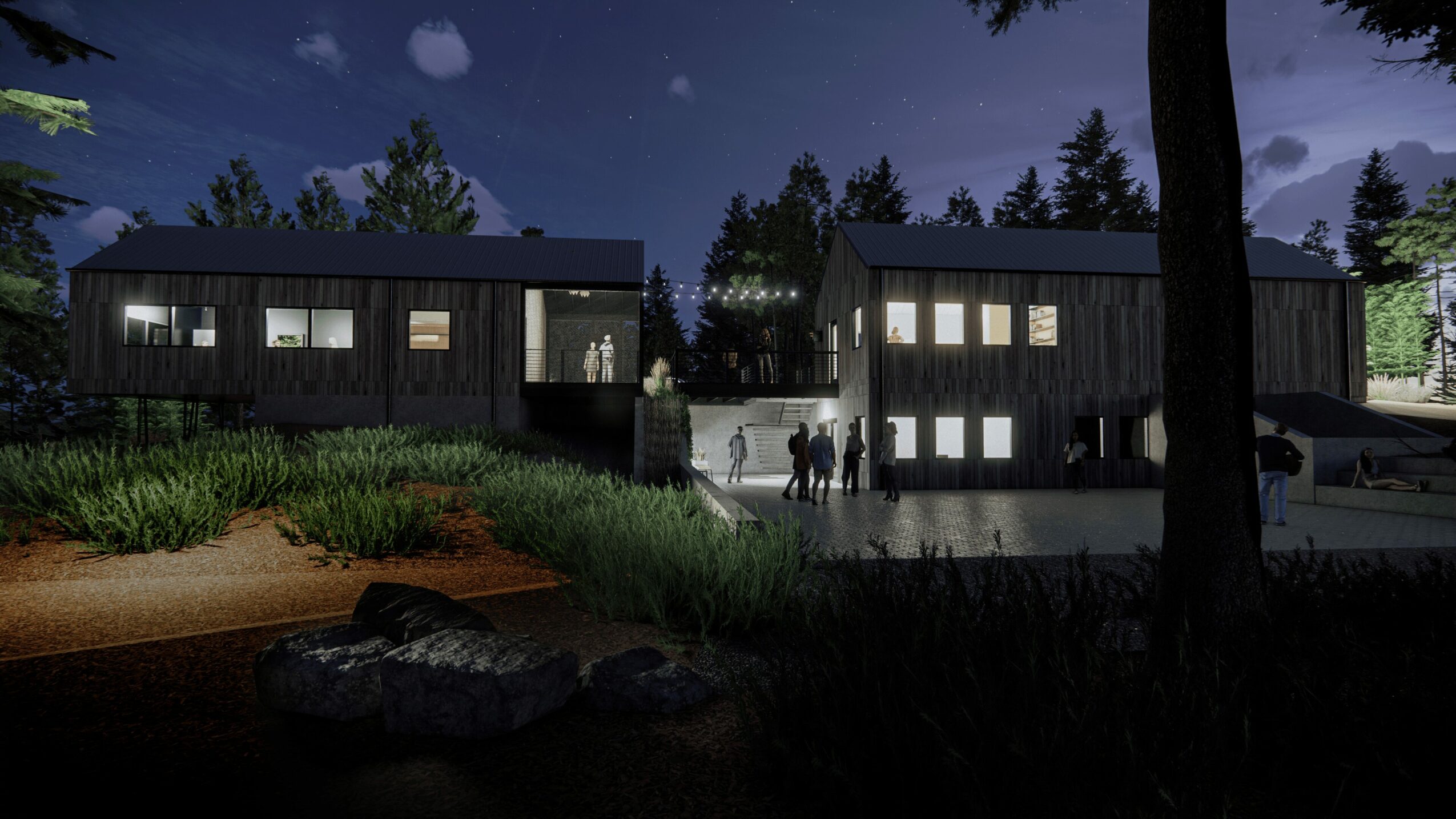
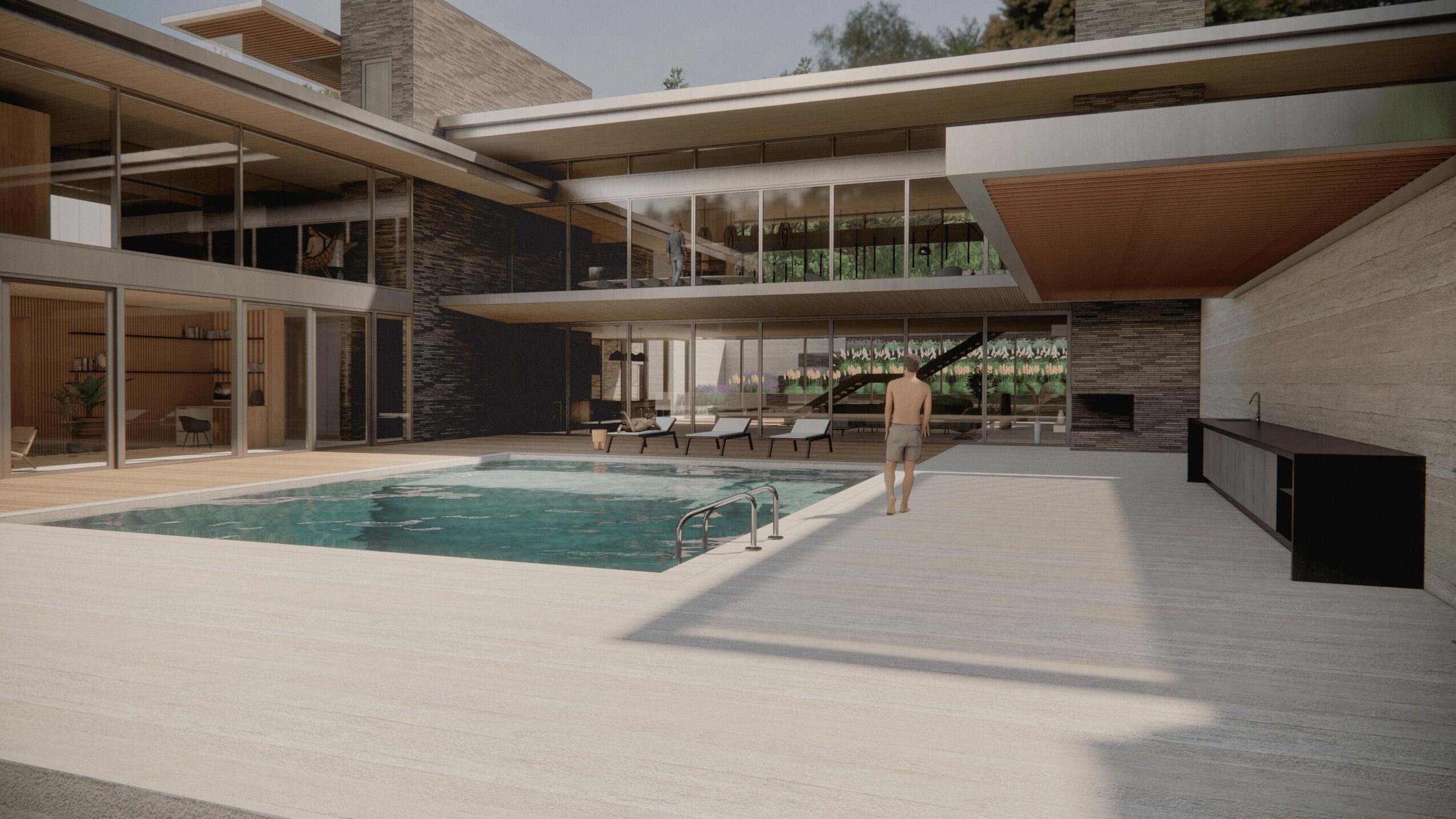
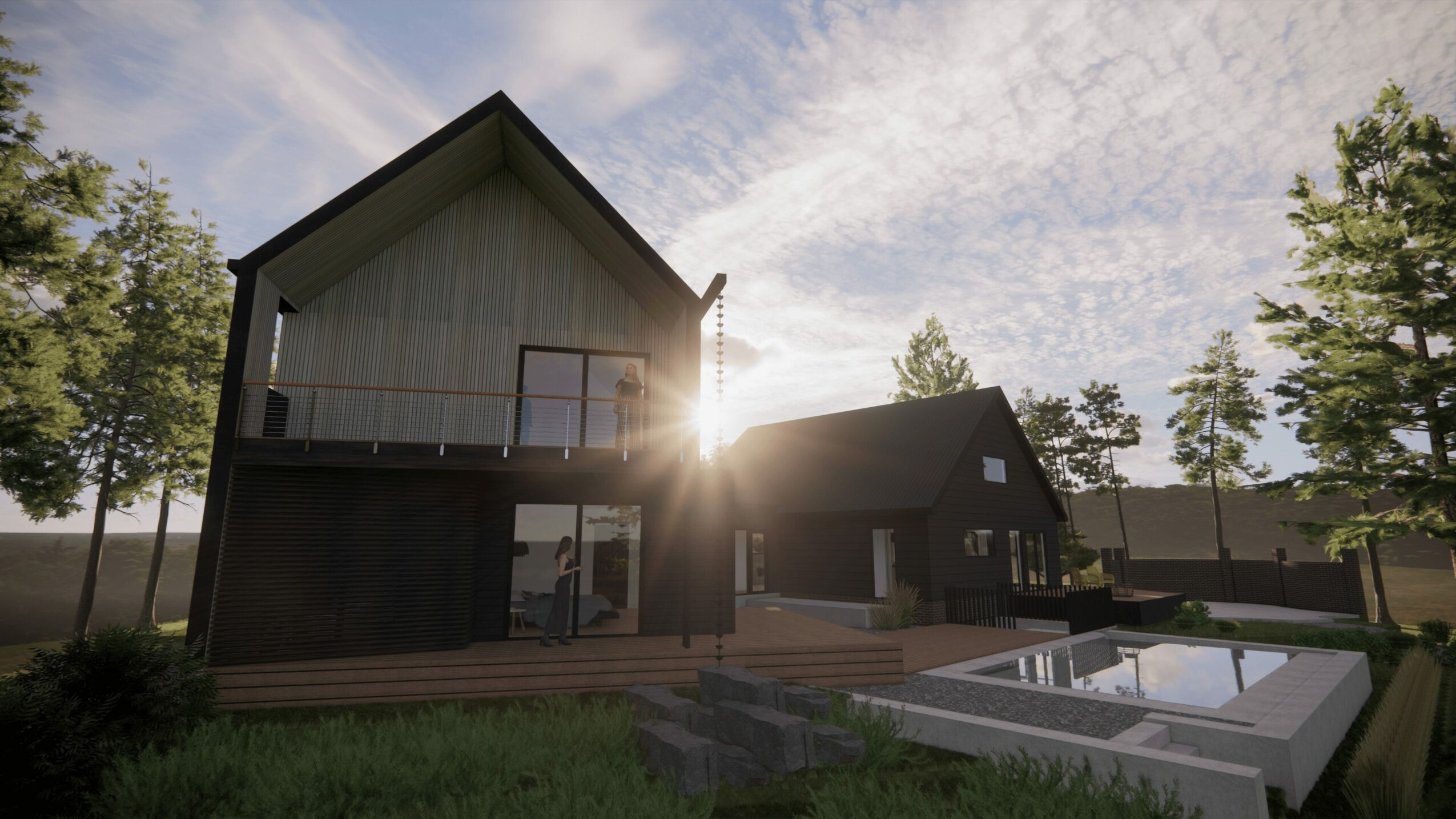
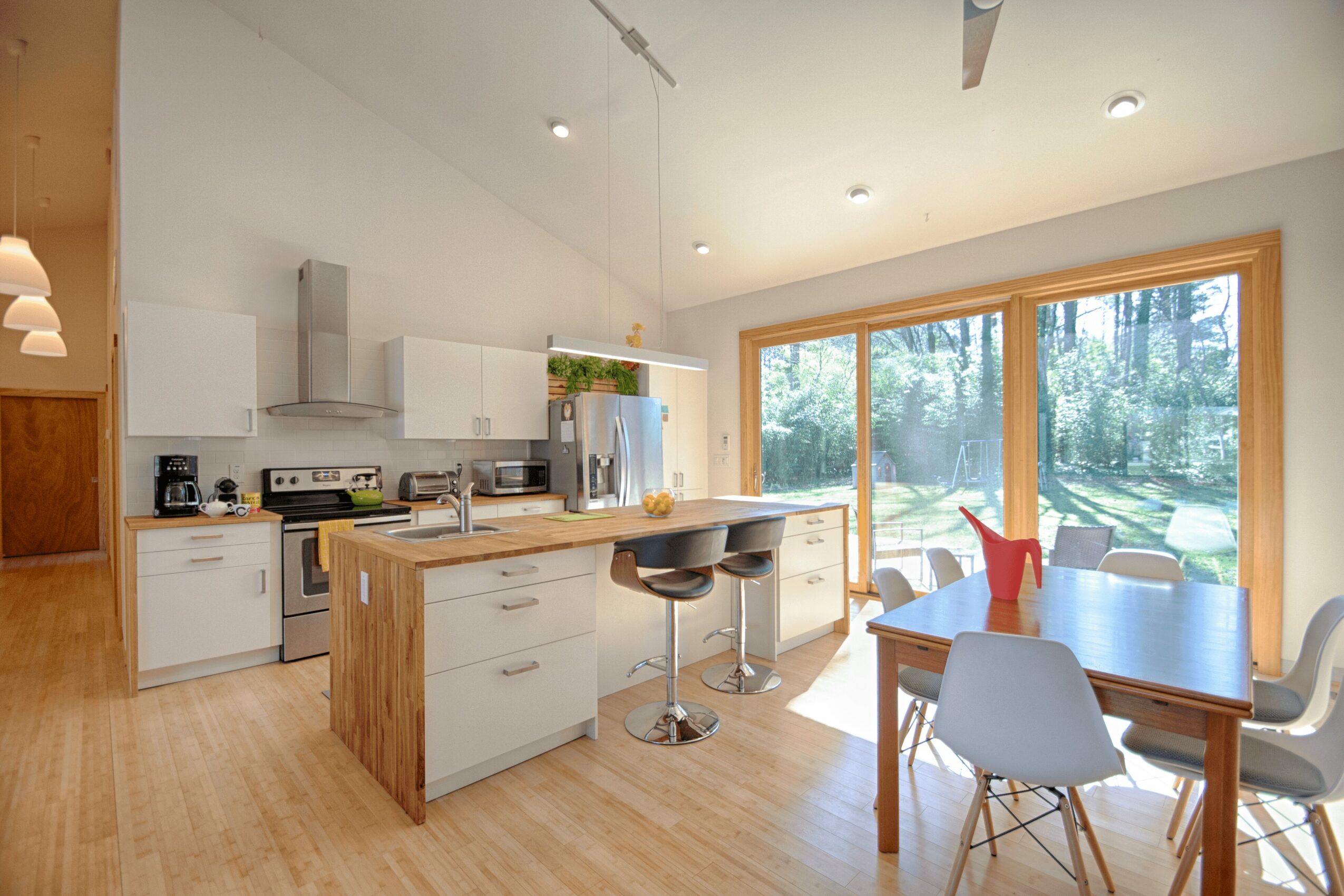
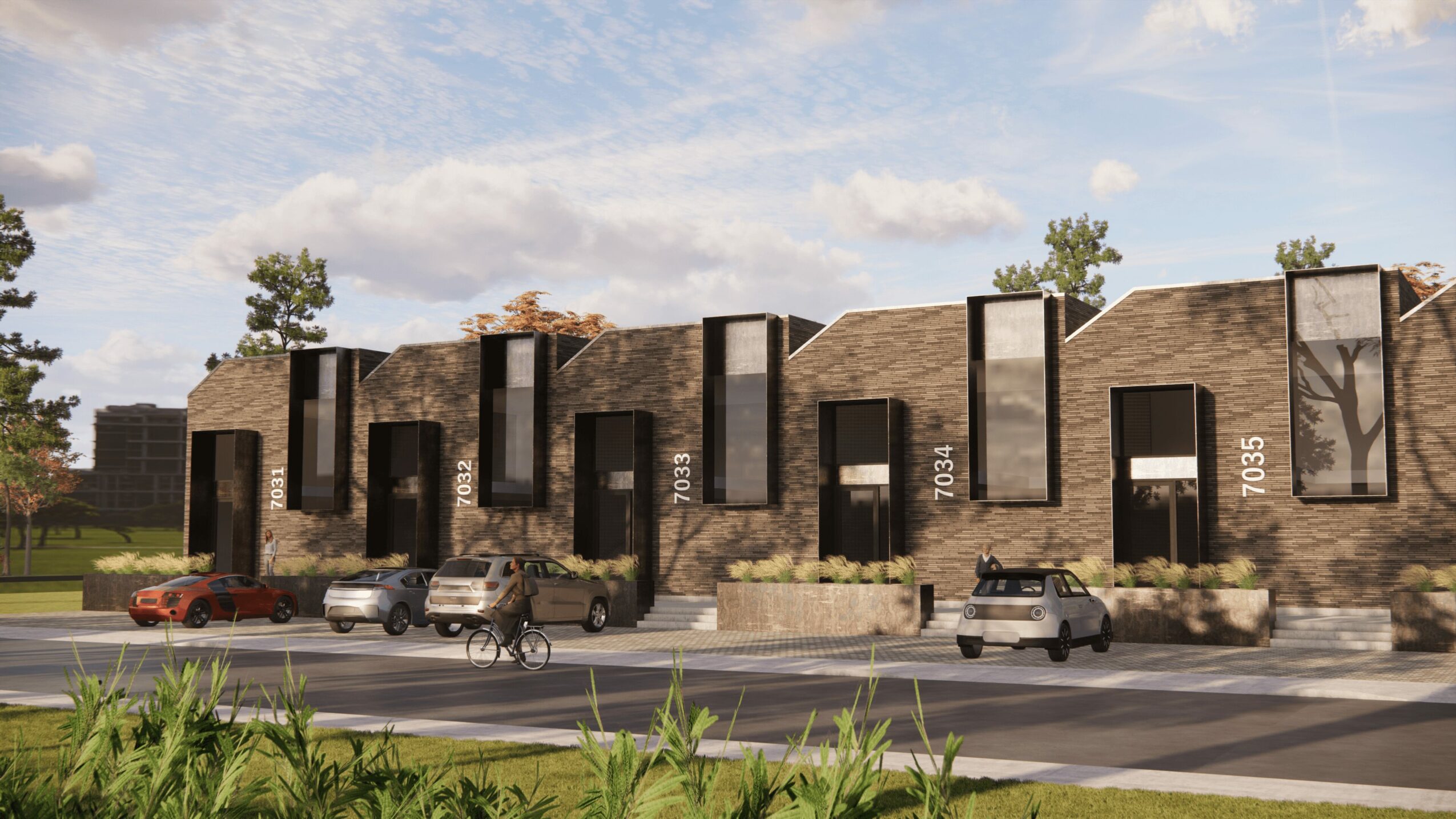
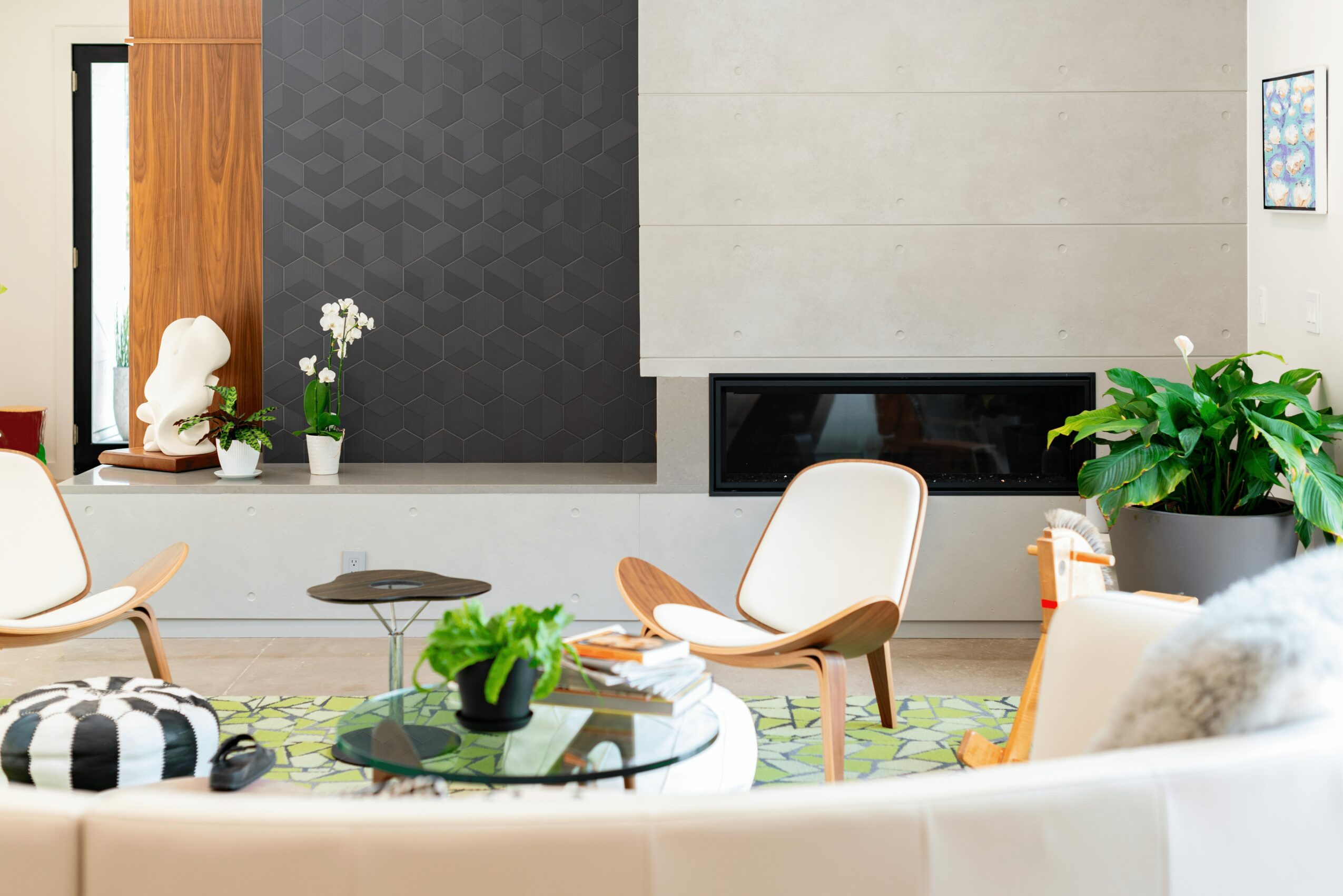
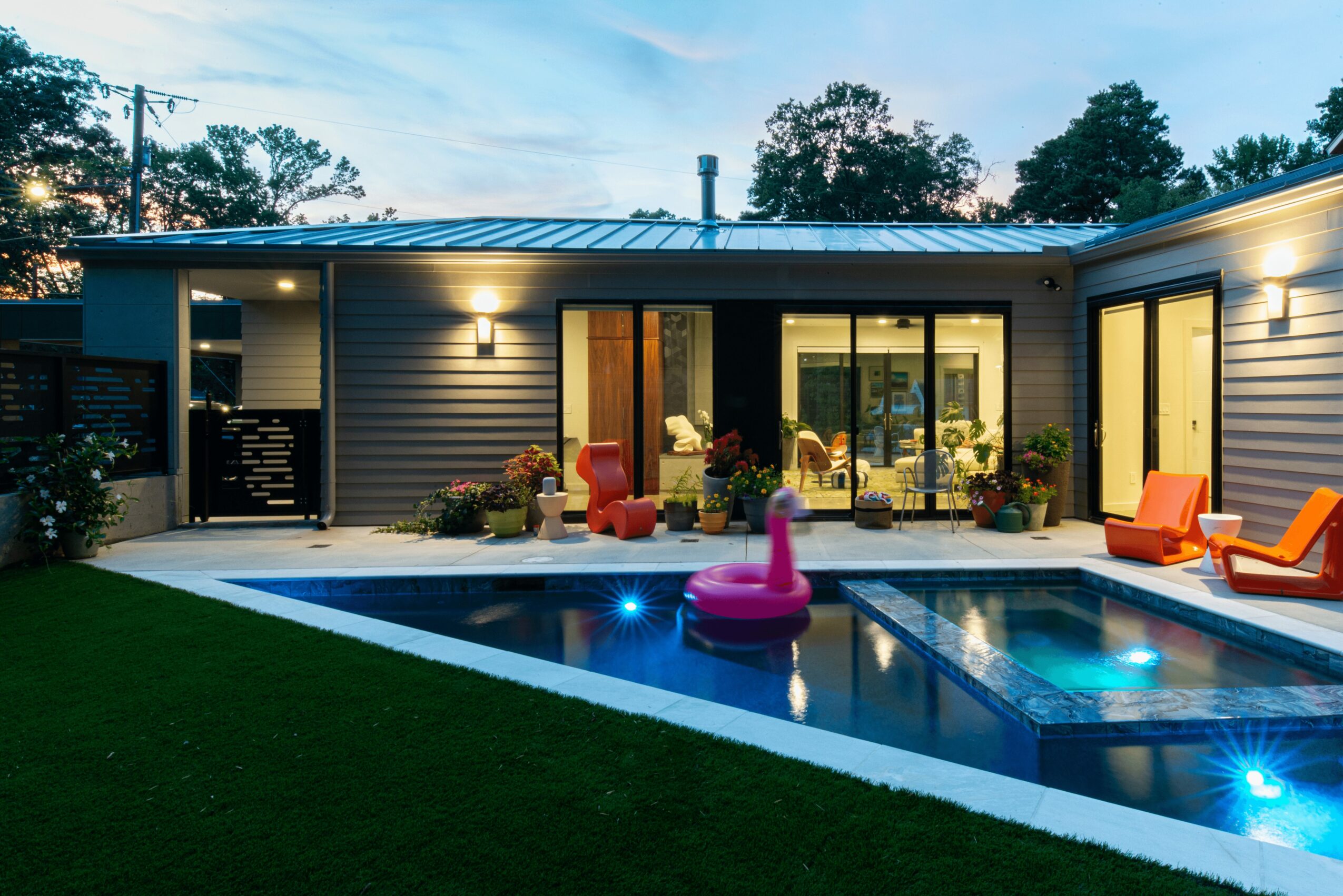
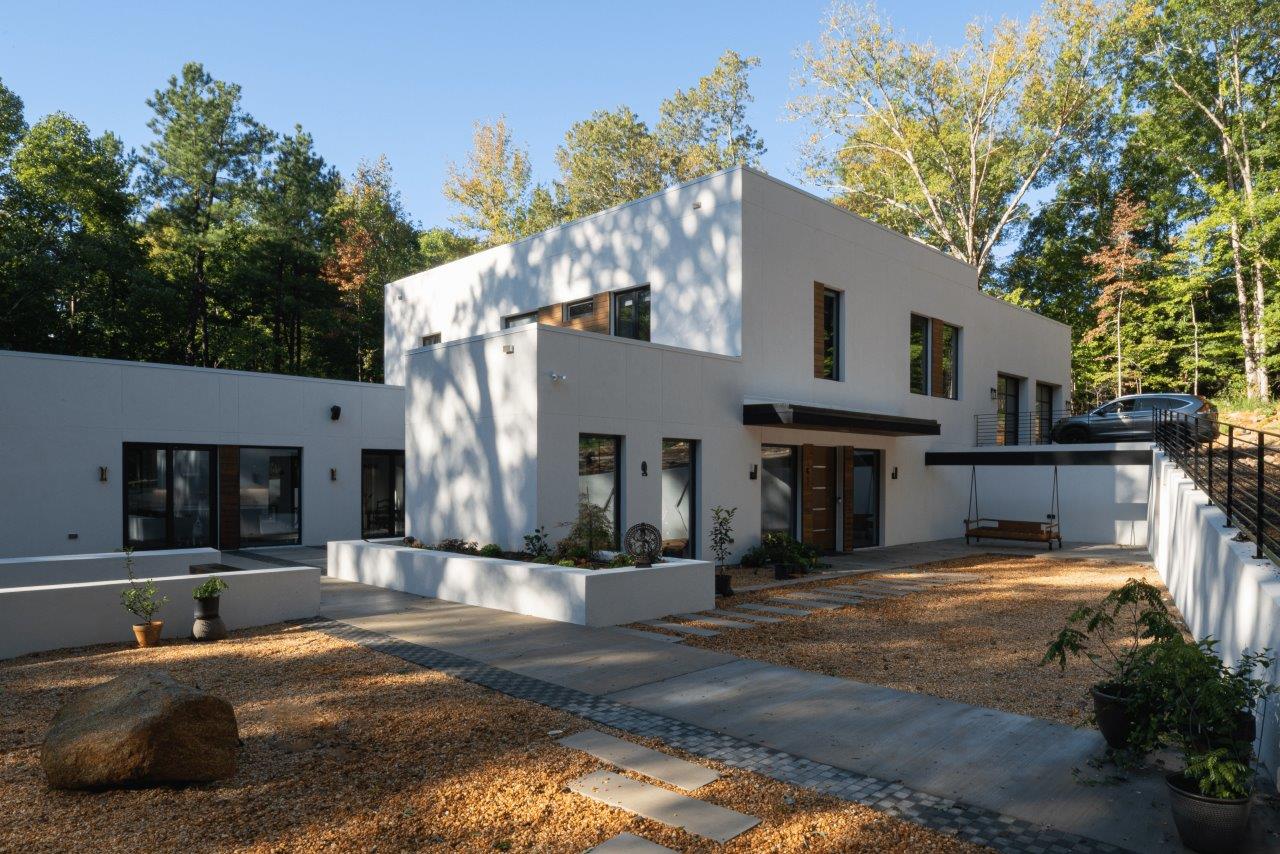
Image Credits
Habanero Architecture



